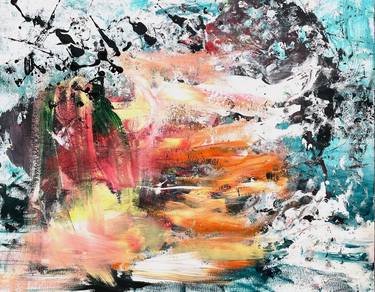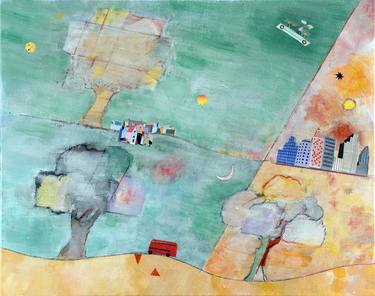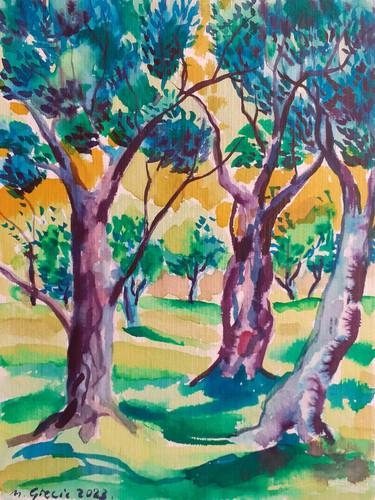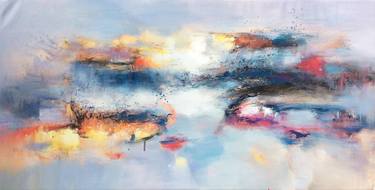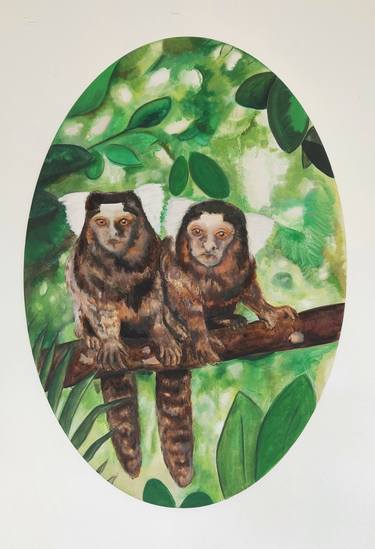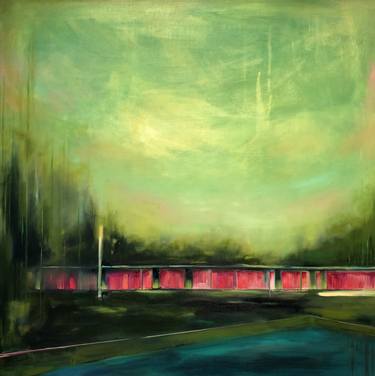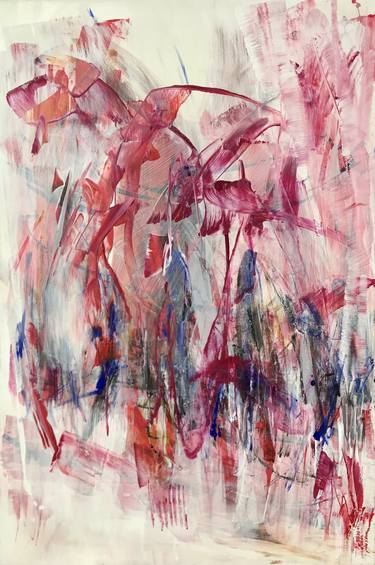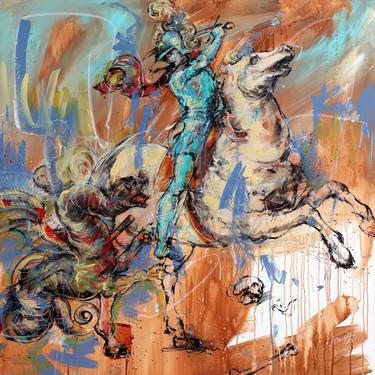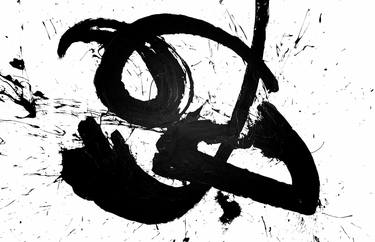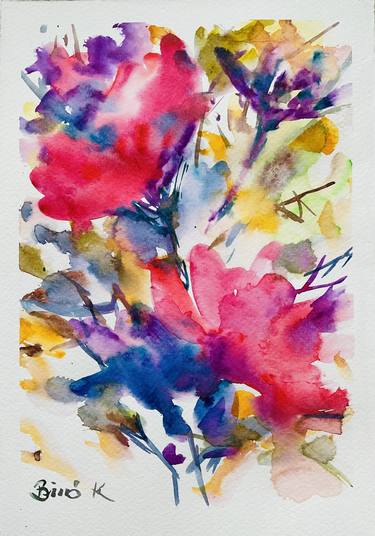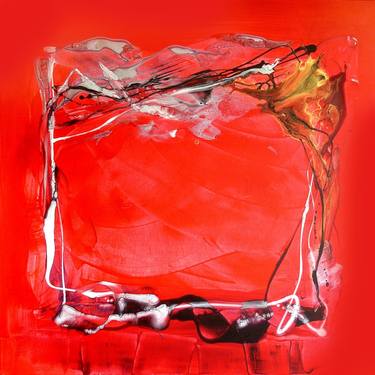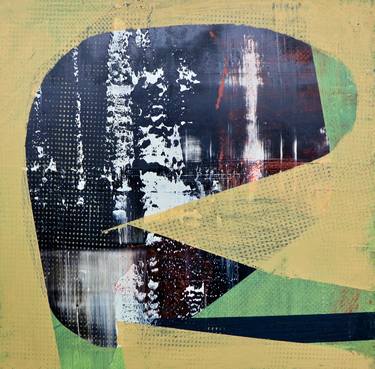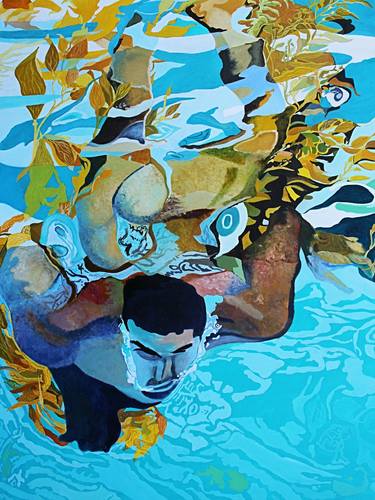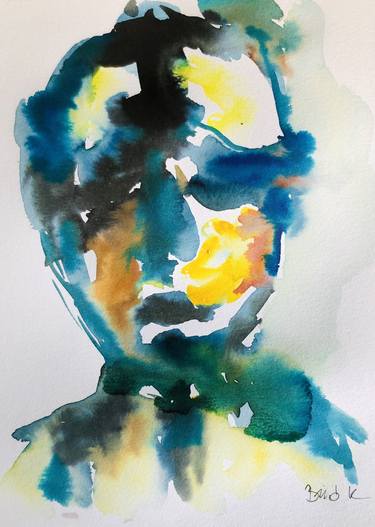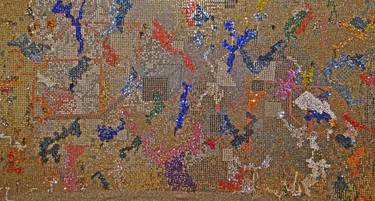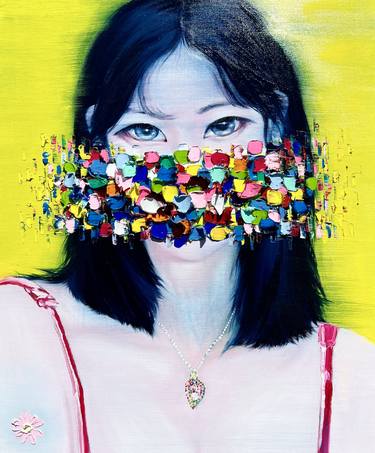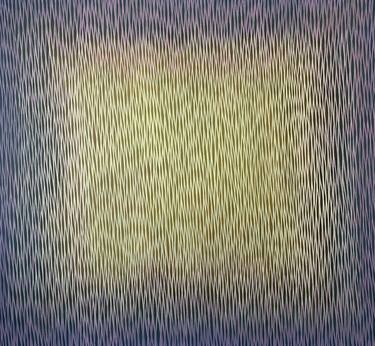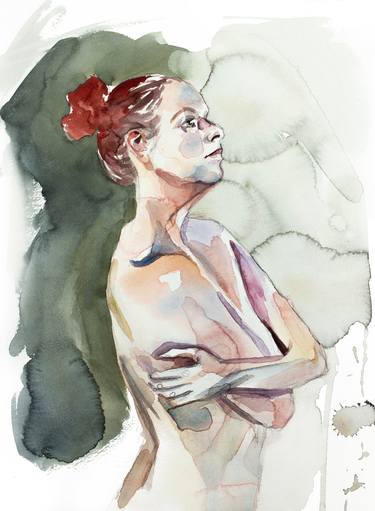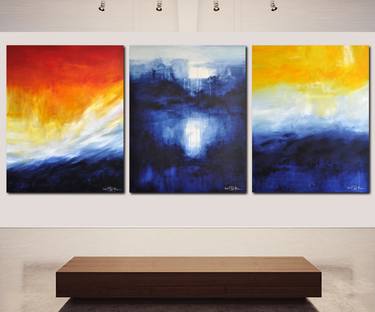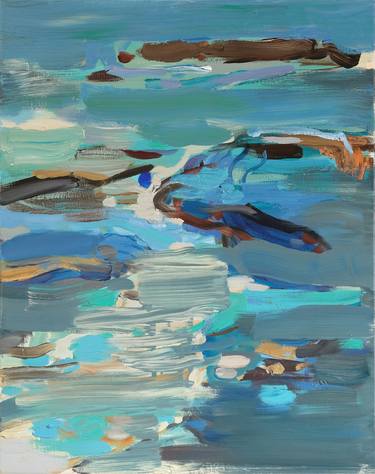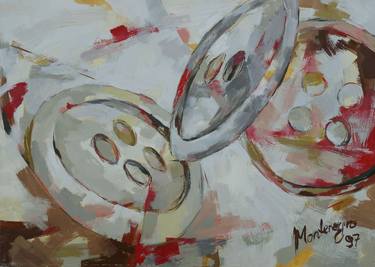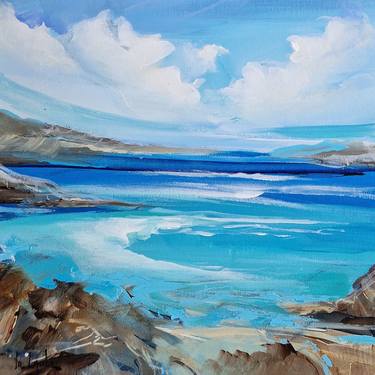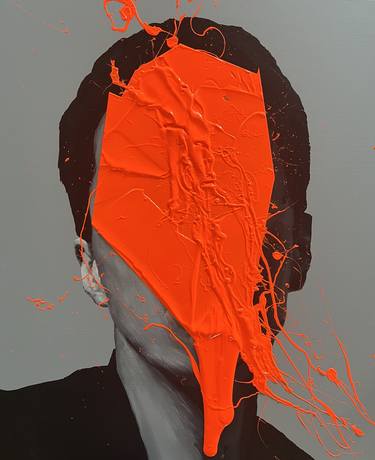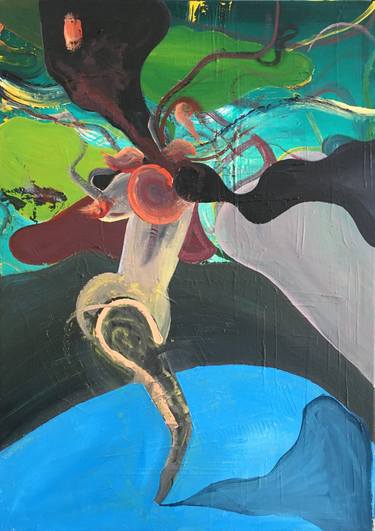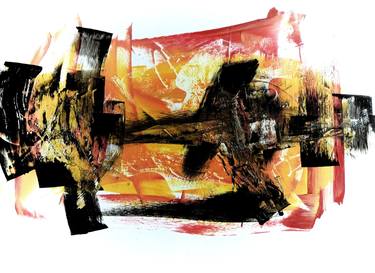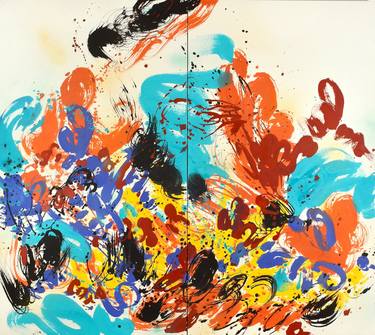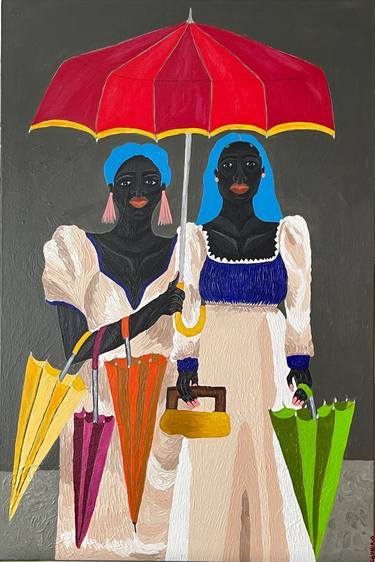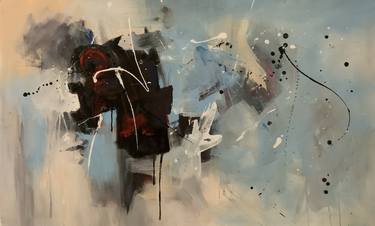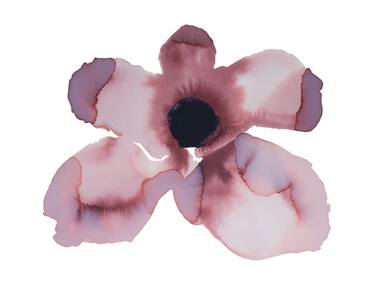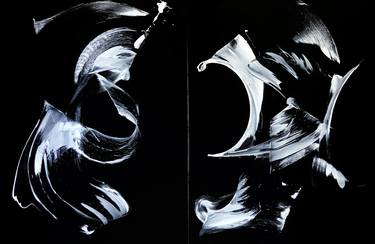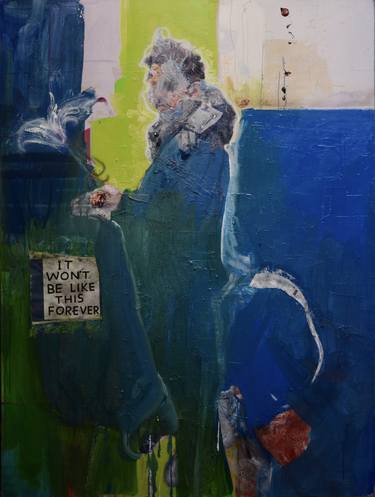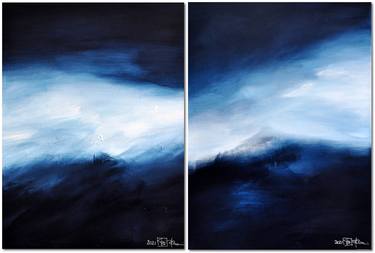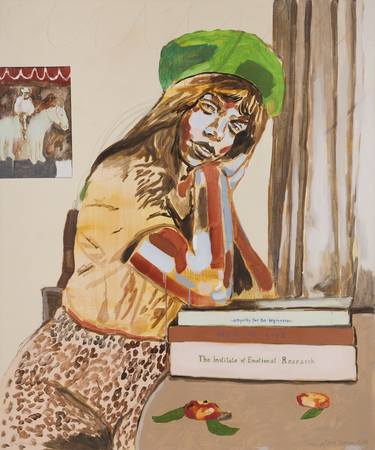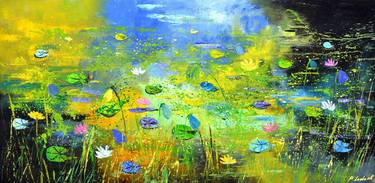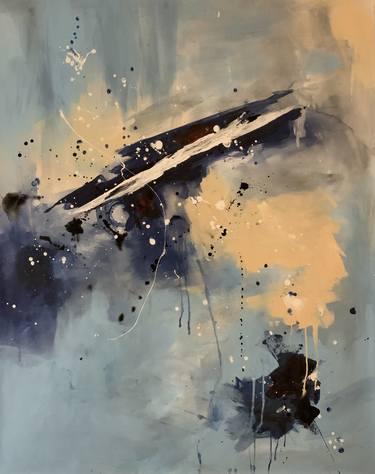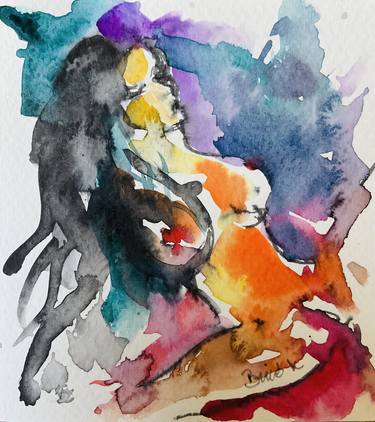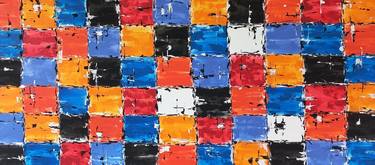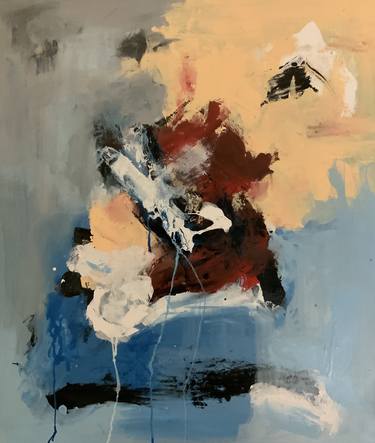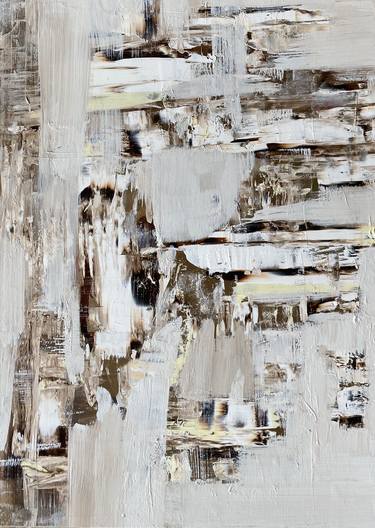- All Artworks
- Paintings
- Expressionism
Expressionism Paintings For Sale
Browse art and see similar matches
Try Visual Search
Category
Filter (1)
Filter
Category
Style
Subject
Medium
Material
Price
Size
Orientation
Color
Artist Country
Featured Artist
Paintings, 39.4 W x 53.5 H x 1.5 D in
South Korea
$4,580
Paintings, 38.2 W x 58.3 H x 0.1 D in
Ukraine
$740
Paintings, 27.6 W x 39.4 H x 0.1 D in
Mister Artsy Graffiti Streetart Amsterdam
Netherlands
$518
Paintings, 35.8 W x 46.9 H x 1.2 D in
France
$2,870
Paintings, 39 W x 31.5 H x 0.1 D in
Germany
$1,260
Prints from $85
Paintings, 19.7 W x 15.7 H x 0.6 D in
$1,540
Prints from $50
Paintings, 9.4 W x 12.6 H x 0.1 D in
United Kingdom
$390
Paintings, 63 W x 31.5 H x 0.1 D in
China
$870
Prints from $40
Preaching happiness to the lost
Paintings, 34.1 W x 56.2 H x 0.1 D in
United States
$4,548
Paintings, 18.1 W x 26 H x 0.8 D in
United Kingdom
$885
Paintings, 48 W x 48 H x 1.5 D in
Canada
$4,610
Prints from $52
Paintings, 31.5 W x 47.2 H x 1.6 D in
Italy
$2,330
Saint George and the Dragon, after Raphael
Paintings, 59.1 W x 59.1 H x 1.6 D in
Portugal
$9,650
Prints from $100
Paintings, 78.7 W x 39.4 H x 1.2 D in
Ukraine
$1,070
Paintings, 7.1 W x 9.8 H x 0.4 D in
Hungary
$260
Prints from $80
Paintings, 40 W x 40 H x 1.5 D in
United Kingdom
$1,537
Paintings, 12 W x 12 H x 0.3 D in
Japan
$230
Prints from $40
Paintings, 15.7 W x 15.7 H x 0.8 D in
Germany
$840
Paintings, 8.3 W x 11.7 H x 0.1 D in
Hungary
$360
Prints from $50
Paintings, 27.6 W x 19.7 H x 1.2 D in
Turkey
$1,290
Prints from $95
Paintings, 78.7 W x 39.4 H x 0.2 D in
Mexico
$4,130
Paintings, 23.6 W x 28.4 H x 1.5 D in
South Korea
$1,980
Paintings, 39.4 W x 36.2 H x 0.1 D in
Ukraine
$1,270
Prints from $100
Paintings, 11 W x 15 H x 0.1 D in
United States
$310
Prints from $40
THE SLEEPLESS LONGING FOR THE DISTANT (triptych)
Paintings, 149.6 W x 59.1 H x 1.8 D in
Germany
$16,200
Prints from $97
Paintings, 15.7 W x 19.7 H x 0.8 D in
Luxembourg
$790
Prints from $100
Paintings, 42.1 W x 29.9 H x 0.4 D in
Canada
$2,820
Paintings, 27.6 W x 19.7 H x 0.8 D in
Germany
$870
Prints from $40
Paintings, 11.8 W x 11.8 H x 0.8 D in
Germany
$490
Paintings, 23.9 W x 28.7 H x 2 D in
South Korea
$3,010
Prints from $100
Paintings, 19.7 W x 27.6 H x 0.4 D in
Hungary
$790
Prints from $258
Paintings, 40 W x 30 H x 1.5 D in
United States
$4,350
Prints from $100
Paintings, 48 W x 36 H x 0.1 D in
United States
$5,040
The Magic Dragon of the Seven Seas (Diptych)
Paintings, 60 W x 54 H x 0.1 D in
United States
$4,800
Prints from $80
Paintings, 24 W x 36 H x 1.6 D in
United Kingdom
$2,728
Prints from $100
Paintings, 45.2 W x 27.5 H x 0.1 D in
United States
$1,539
Paintings, 12 W x 9 H x 0.1 D in
United States
$175
Prints from $40
Paintings, 20 W x 42 H x 2.5 D in
United States
$1,510
The Inevitable Conclusion Diptych
Paintings, 76 W x 48 H x 1.5 D in
United States
$10,920
Paintings, 51.2 W x 70.9 H x 1.6 D in
United Kingdom
$7,390
Prints from $40
FLANDERS FIELDS IN EARLY WINTER (diptych)
Paintings, 51.2 W x 31.5 H x 0.8 D in
Germany
$2,880
Prints from $98
Institute of emotional research
Paintings, 39.4 W x 47.2 H x 1.6 D in
United Kingdom
$5,475
Paintings, 39.4 W x 19.7 H x 0.8 D in
Belgium
$1,910
Paintings, 43.2 W x 57.3 H x 0.1 D in
United States
$4,189
Paintings, 3.9 W x 4.3 H x 0.4 D in
Hungary
$180
Prints from $80
Paintings, 78.7 W x 35 H x 0.4 D in
Thailand
$2,220
Paintings, 21.8 W x 26.2 H x 0.1 D in
United States
$789
Paintings, 43.3 W x 59.1 H x 0.8 D in
Switzerland
$4,270
Prints from $40
Paintings, 48 W x 11.8 H x 0.3 D in
Canada
$1,080
Prints from $40
